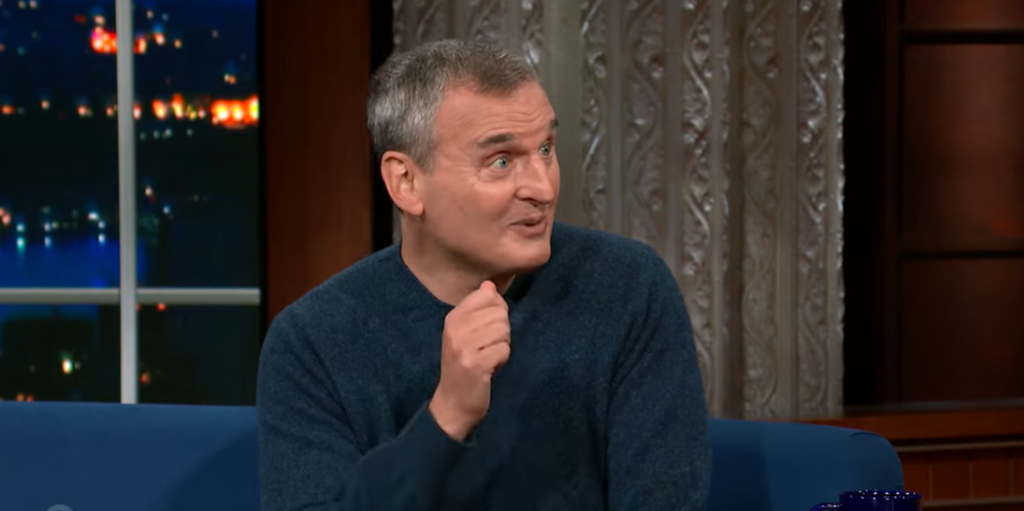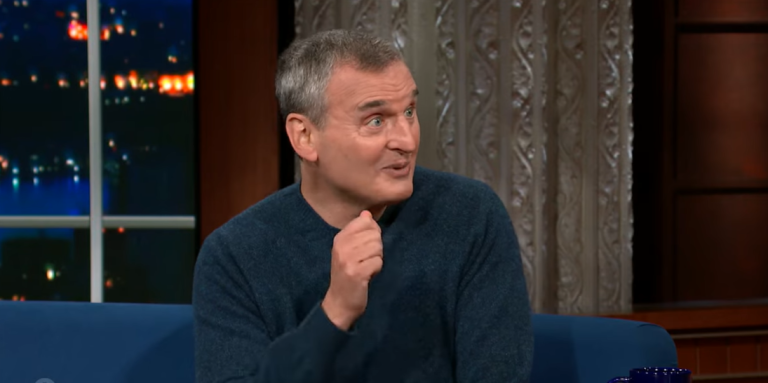| Full Name | Philip Rosenthal |
|---|---|
| Date of Birth | January 27, 1960 |
| Birthplace | Queens, New York, USA |
| Profession | Writer, Producer, Actor, Show Host |
| Known For | Creator of Everybody Loves Raymond |
| Major Shows | Everybody Loves Raymond, Somebody Feed Phil |
| Estimated Net Worth | $200 Million |
| Income Sources | TV Royalties, Netflix Deals, Real Estate |
| Spouse | Monica Horan (married since 1990) |
| Active Years | 1980s–present |
| Reference | www.celebritynetworth.com |
Phil Rosenthal’s ascent to a $200 million net worth is indicative of a career molded by astute timing, poignant narratives, and the capacity to adapt to changing media environments with grace. His big break came when he created Everybody Loves Raymond, a sitcom that did more than just make people laugh; it made Rosenthal a silent force behind some of the most enduring comedies on television. What started out as a partnership with Ray Romano developed into a cultural pillar that has been incredibly successful in making money long after the cameras have stopped rolling.
In addition to being a ratings success, the 1996–2005 series was a syndication hit. A consistent flow of royalties from domestic reruns and international licensing was guaranteed by Rosenthal’s ability to craft astute backend agreements. Episodes continue to air around the world decades later, providing a consistent financial pipeline that is incredibly effective and long-lasting. Raymond’s themes—marriage, family, and everyday absurdity—remain remarkably similar to many viewers’ own experiences, something that few sitcoms are able to maintain in terms of cultural longevity.
Rosenthal took his time pursuing another sitcom after Raymond. Rather, he shifted into a genre that was familiar to him: food and travel television. He started a PBS show called I’ll Have What Phil’s Having in 2015, which allowed him to explore international cuisine with the humor and curiosity that characterized his writing. Netflix significantly enhanced and broadened the idea when it acquired the sequel series Somebody Feed Phil. Now in its eighth season, the show follows Rosenthal as he travels through various cities tasting his way through them, frequently showcasing local chefs, families, and heartfelt, candid conversations.
Somebody Feed Phil is unique because it skillfully combines vulnerability, culture, and joy. Because they aren’t staged, Rosenthal’s genuine, innocent, and frequently tearful reactions strike a chord with audiences of all backgrounds. They’re just people. His transparency is especially novel in an increasingly curated media environment. Because of the show’s success on Netflix, Rosenthal has been able to connect with more people and strengthen his relationship with devoted fans.

Regarding earnings, Somebody Feed Phil’s contribution goes beyond hosting costs. As an executive producer, Rosenthal probably receives extra money based on licensing and viewership targets. He has a diverse and surprisingly resilient financial ecosystem, which includes earnings from Raymond, speaking engagements, and publishing royalties from his 2006 memoir You’re Lucky You’re Funny.
Interestingly, Rosenthal has also made astute real estate decisions. He listed a house in Hancock Park, Los Angeles, for $5.95 million in 2007. With features like a wine cellar and marble fireplace, the 8,500-square-foot property showcased both personal taste and financial savvy. A particularly successful long-term strategy for entertainers looking for financial stability outside of Hollywood cycles has been investing in high-value properties.
His relationship with Monica Horan, both in real life and on screen, gives his narrative a deeper dimension. Horan has been with Rosenthal for more than thirty years; she played Amy MacDougall on Raymond. The warmth that permeates his work is reflected in their off-screen relationship. Rosenthal frequently calls Horan at the conclusion of episodes when he travels on Somebody Feed Phil, a small gesture that has grown to be a favorite among fans. Despite their informal nature, these phone conversations highlight a recurring theme: connection is what keeps everything going.
The fact that Rosenthal’s journey depends so little on spectacle is what makes it so intriguing. Loud disputes and attention-grabbing antics are absent. Structure, trust, and a profound regard for audience intelligence are the cornerstones of his career. Raymond’s success and Somebody Feed Phil’s continued growth can be attributed to that quiet consistency.
Rosenthal has developed financial depth and remained relevant through strategic alliances. For viewers confined to their homes during the pandemic, food travel programs such as his became an emotional haven. Millions of people started watching Somebody Feed Phil after Netflix embraced this change. It had a strong emotional impact that resulted in renewal and income.
Rosenthal has hinted at potential future project ideas in recent interviews, such as a potential return to Raymond. The concept alone is enough to rekindle interest and increase viewership, even though he hasn’t made any formal announcements. Rare—and extremely valuable—is the capacity to evoke nostalgia while staying in the present.
Rosenthal is still involved in mentoring and philanthropy; he frequently helps up-and-coming authors and makes donations to organizations that support the food industry. Despite not being particularly noteworthy, these endeavors exhibit the same qualities—humor, relatability, and generosity—that made his storytelling so timeless.
The remarkable aspect of Rosenthal’s career is its consistent ascent. There were steady increases driven by measured risks and worthwhile content, rather than abrupt drops or explosive leaps. His $200 million fortune isn’t a coincidence; rather, it’s the result of decades of deliberate work and a remarkable capacity to maintain emotional relevance in the face of change.


